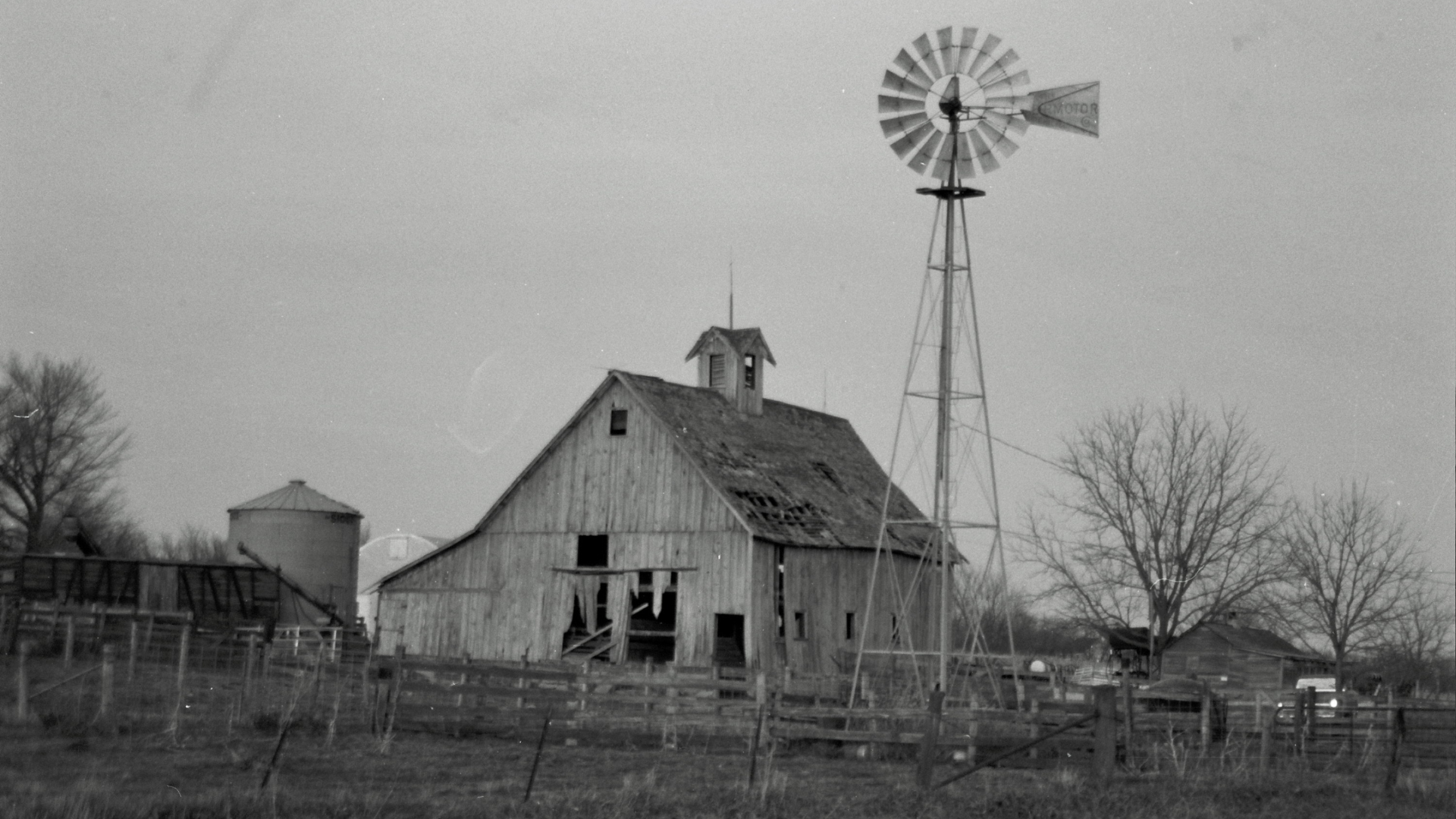The most recent report from the U.S. Department of Agriculture (USDA) confirms what many around the country already know: times are tight.
Earlier this year, the USDA estimated net farm income would be down 45.5 percent from its peak in 2022. The updated estimate, released late last week, showed marginal improvement from that initial number.
Estimated net national farm income for 2024 was noted at $145.1 billion, or 31 percent below, the most recent peak in 2022. A decline of one-third our net farm income in two years should be cause for concern, not just for the farming community but for everyone. It is an indication of a significant decline in the ability of farmers to pay their employees, taxes, and compete in a global marketplace.
The decline on-farm, in turn, creates a cascading effect in the rest of the economy. The economic consequences off-farm often include the closure of agriculture-adjacent businesses, bankruptcies, deepening debt and higher food prices as imports fill the gap left by a lack of local supply. The most recent example of such a catastrophic failure of the farm economy was during the Farm Crisis of the 1980s. At its height, interest rates for food producers hovered above 10 percent and many farm families applied for SNAP benefits, inspiring headlines like “farmers on food stamps.”
The report notes overall commodities sales are forecast to decrease by 1.9 percent in 2024, to $516.5 billion. Total crop receipts are also expected to decrease by 10 percent compared to 2023. Animal and animal product receipts are expected to increase in 2024 by 7.1 percent, largely due to increases in egg and milk prices.
The report notes most farms earn income from on-farm and off-farm sources. More specifically, in many cases, one adult member of the household works off-farm to provide a steady stream of income and health insurance while the other is the full-time operator of the farm. Median farm income, or the household income of the primary family living on the farm, is forecast to “increase slightly in 2024 to -$834.” According to the USDA, the average farm household will earn about $83,000 in off-farm income in 2024 but still record a total income in the negative for the year.
So, why would anyone be a farmer? Because of the intangibles.
When human resource departments and hiring managers discuss new people, they talk about “soft” skills like punctuality, ability to prioritize and being a team player. The intangibles of working on a farm are similarly hard to describe until they have been experienced first-hand. However, understanding the plan for the day before it begins, adapting to a new plan based on weather, equipment failures, the needs of livestock or plant maturation and addressing potential changes to staffing, finances, availability of tools and many other variables are all part of being a farmer. The self-governance, independence and ability to feel as though there is some sense of control amidst chaos is why farmers continue to endure income losses.
However, those intangibles and the desire for independence begin to lose their appeal when there is never enough income to cover operating expenses, the cost of groceries, the purchase of school supplies and mortgage payments. It is time to begin addressing the needs of the farming community, specifically so the negative income in agricultural households does not become a national trend for all households.
To alleviate the income-drain in farming communities, regulatory and tax burdens need to be lifted that are making the cost of producing food more than many can bear. A clear direction toward allowing farms to return to making smart, profitable decisions that keep employees safe and paid, consumers well-fed and farms operating with profitability and efficiency should be goals everyone can agree with. Until that can be the focus, we are likely to continue to see income forecasts with dark skies on the horizon.





